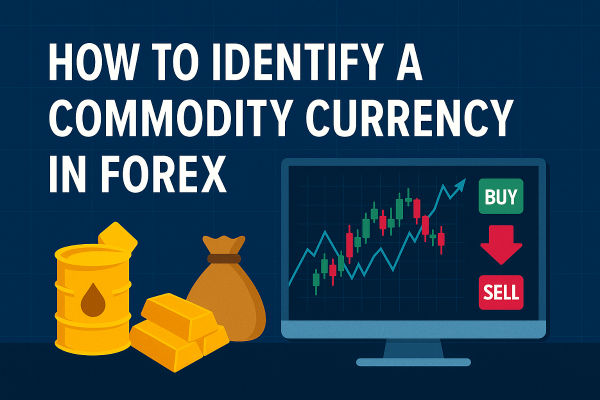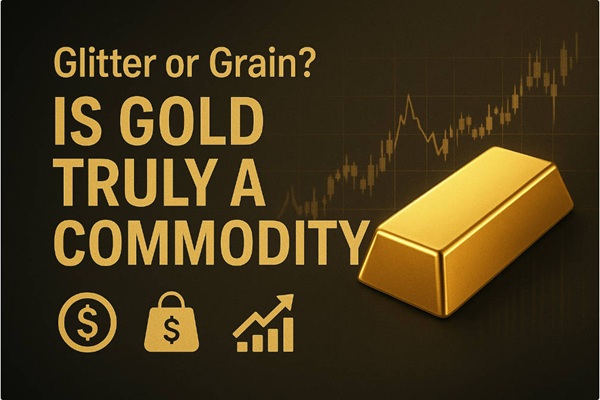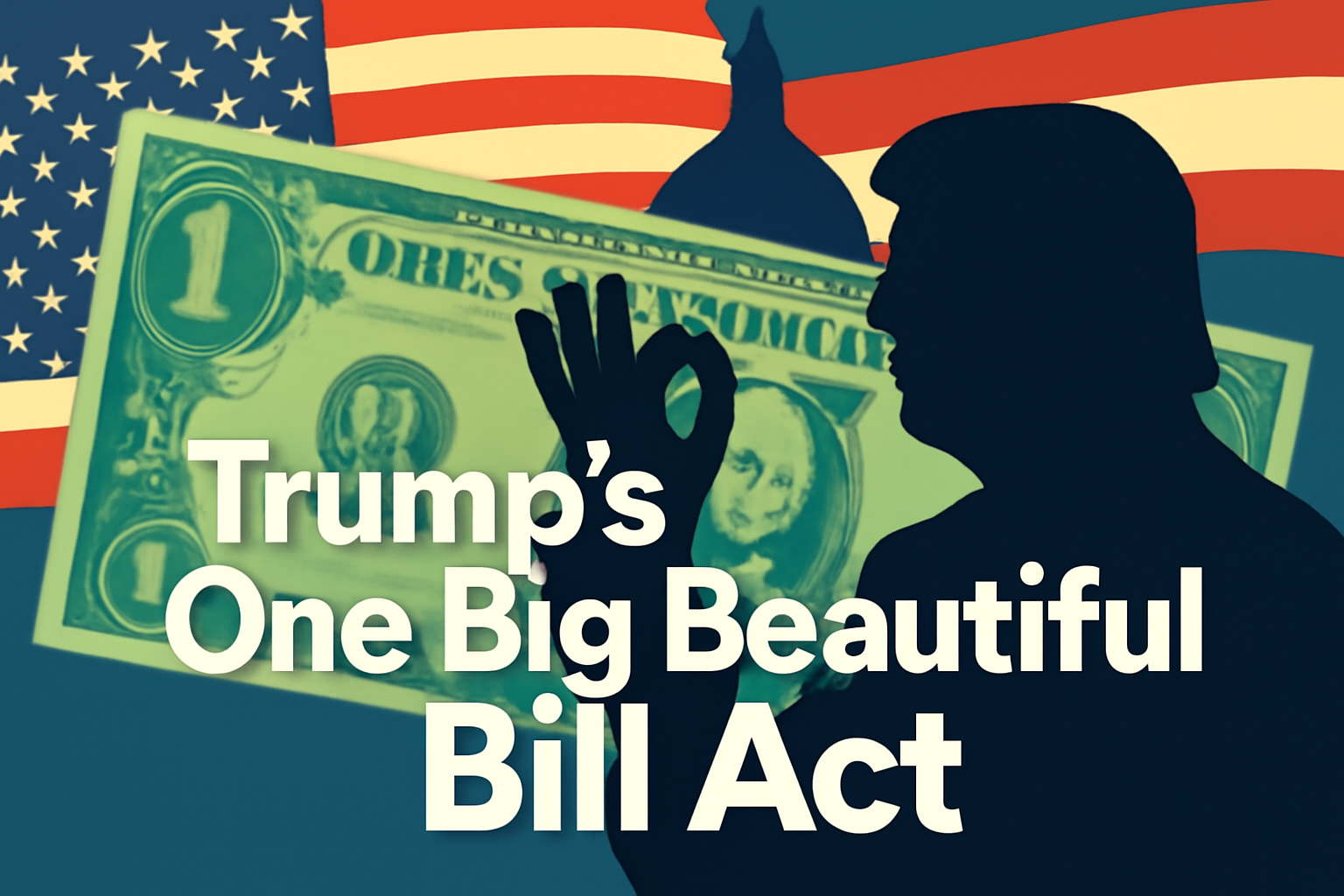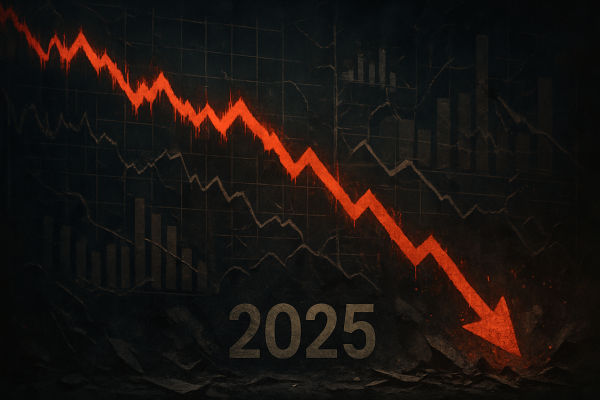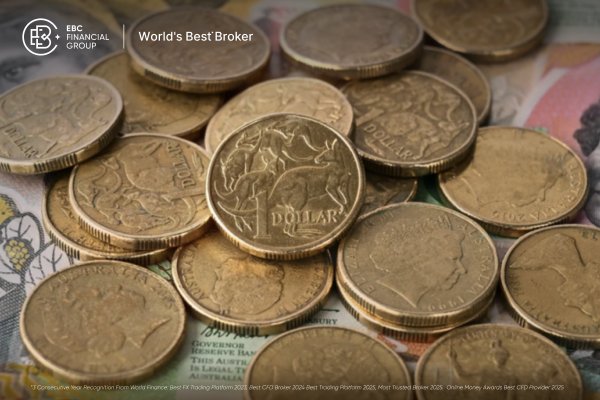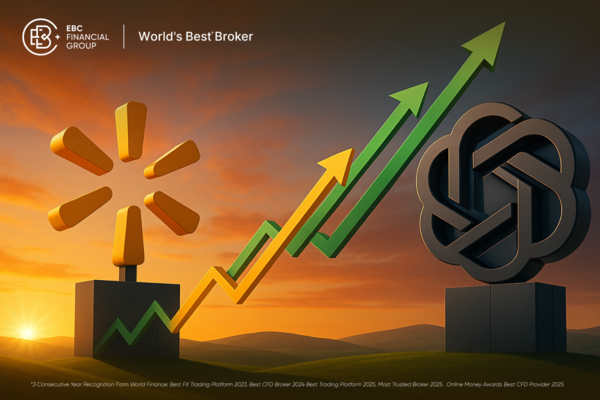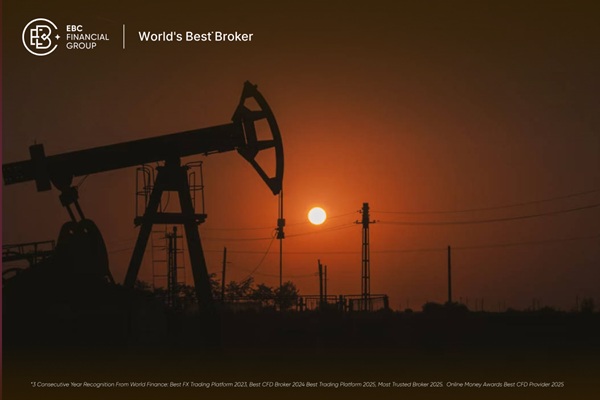Crude oil has long been one of the most strategically significant and economically influential commodities in the world. Its price history tells a compelling story—of war and peace, boom and bust, technological innovation and geopolitical power plays. From the early days of kerosene lamps to the digital dashboards of 21st-century commodity traders, oil has been at the centre of industrial progress and market volatility.
In this article, we examine the history of crude oil prices, from the mid-19th century to the present day, through the lens of major historical cycles and global market events.
Early Price Patterns (1860–1940)
 The modern oil industry began in 1859 with the drilling of the first commercial oil well in Pennsylvania, USA. During this era, oil was primarily used for lighting before electricity became widespread. Prices were unstable, reflecting a lack of infrastructure, speculative production, and absence of any centralised control over supply.
The modern oil industry began in 1859 with the drilling of the first commercial oil well in Pennsylvania, USA. During this era, oil was primarily used for lighting before electricity became widespread. Prices were unstable, reflecting a lack of infrastructure, speculative production, and absence of any centralised control over supply.
In the late 19th and early 20th centuries, oil prices fluctuated frequently but stayed relatively low, often hovering around $1 to $2 per barrel in nominal terms. However, the market remained highly regional, and prices were influenced by new discoveries, such as those in Texas and the Middle East, and by growing demand from industries and transport, especially during World War I.
The Great Depression of the 1930s saw a sharp fall in industrial activity, which led to a prolonged drop in oil prices. Governments and companies began to intervene more directly in oil production, particularly in the United States, where the Texas Railroad Commission played a significant role in regulating supply.
The 1970s Oil Shocks
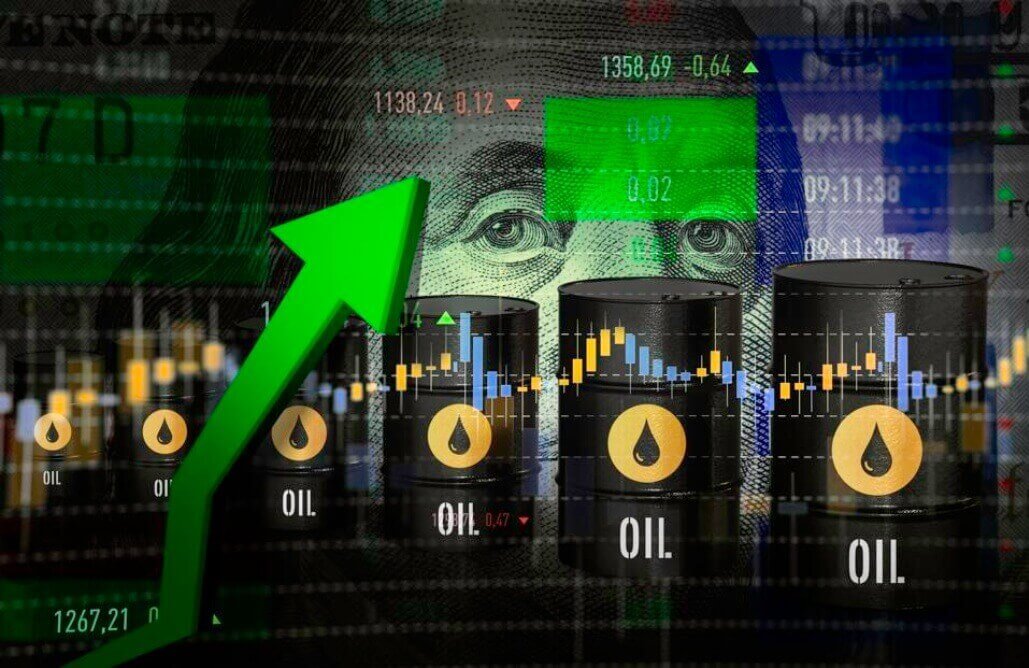
The 1970s marked a seismic shift in the oil market. For the first time, OPEC (Organisation of the Petroleum Exporting Countries) emerged as a dominant force capable of controlling production and, by extension, influencing global prices.
In 1973. following the Yom Kippur War, OPEC nations imposed an oil embargo against Western countries in response to their support for Israel. This led to a quadrupling of prices—from around $3 to nearly $12 per barrel—and triggered widespread economic disruption, particularly in Europe and the United States.
The Iranian Revolution in 1979 and the subsequent Iran–Iraq War (1980) created another major supply disruption. Prices surged again, reaching over $35 per barrel in nominal terms—more than $100 in inflation-adjusted 2024 dollars.
These oil shocks exposed the vulnerability of Western economies to supply-side constraints and ushered in an era of stagflation, higher energy costs, and inflationary pressure.
The 1980s Oil Glut
Following the chaos of the 1970s, the global oil market entered a phase of stabilisation and oversupply. The high prices of the previous decade had encouraged investment in exploration, efficiency improvements, and alternative energy sources. Moreover, new producers—particularly in the North Sea, Mexico, and Alaska—entered the scene, increasing non-OPEC supply.
By the mid-1980s, the market experienced an oil glut. OPEC's attempts to restrict output to support prices were undermined by overproduction, both inside and outside the cartel.
In 1986. prices crashed, falling from $27 to around $10 per barrel within months. This period of cheap oil continued into the 1990s, with prices rarely breaching the $20–25 per barrel range. While it was beneficial for oil-importing nations, it strained the budgets of many OPEC producers and signalled a decline in the cartel's influence.
The 2000s Surge & 2008 Crash
The early 21st century saw the emergence of new demand drivers, most notably China and India, whose rapid industrialisation placed immense pressure on global energy supplies.
From the early 2000s, prices began a sustained climb, fuelled by strong economic growth, tightening supply, and geopolitical tensions in the Middle East, including the Iraq War. By July 2008. crude oil reached a record high of $147 per barrel, reflecting fears of peak oil and constrained refining capacity.
This meteoric rise was swiftly followed by an unprecedented collapse. The global financial crisis of late 2008 triggered a demand shock, and prices plummeted to around $30 per barrel by the end of the year. The severity of this decline underscored how tightly oil prices were now linked to global financial markets, speculative flows, and broader economic sentiment.
Recent Volatility (2010s–2020s)
The past 15 years have been among the most turbulent in oil price history, characterised by both structural changes in production and major global events.
From 2010 onward, the U.S. shale revolution dramatically reshaped the supply landscape. Innovations in hydraulic fracturing (fracking) and horizontal drilling enabled American producers to ramp up output, ultimately making the U.S. the world's top oil producer.
This contributed to another price collapse in 2014–2016. when Brent crude fell from over $110 to under $30 per barrel. OPEC, initially reluctant to cut output, eventually formed an alliance with Russia and other producers (OPEC+) to manage supply.
In April 2020. at the height of the COVID-19 pandemic, global oil demand collapsed as lockdowns paralysed transport and industry. The situation reached an extraordinary climax when WTI crude oil futures went negative for the first time in history—briefly trading at –$37 per barrel, due to a storage bottleneck and expiring contracts.
As economies reopened in 2021–22. demand rebounded sharply, outpacing supply adjustments. At the same time, the Russia–Ukraine war in 2022 led to renewed supply fears and sanctions on Russian exports. Prices surged past $120 per barrel, though they later stabilised amid global economic uncertainties and rising interest rates.
Looking into 2025. oil markets remain volatile, influenced by the energy transition, geopolitical realignments, and shifting demand from emerging economies. Price stability continues to elude a commodity that sits at the crossroads of politics, industry, and global trade.
Conclusion
The history of crude oil prices is a chronicle of boom and bust, of global transformation and political tension. From the earliest wells in Pennsylvania to the digital trading platforms of today, oil has been the lifeblood of industrial development and a barometer of global risk.
Understanding oil price history isn't just a lesson in economics—it's a window into the power struggles, innovations, and collective anxieties of each era. As the world navigates toward decarbonisation and energy diversification, the role of oil may change—but its importance, and its price, will remain deeply influential for years to come.
Disclaimer: This material is for general information purposes only and is not intended as (and should not be considered to be) financial, investment or other advice on which reliance should be placed. No opinion given in the material constitutes a recommendation by EBC or the author that any particular investment, security, transaction or investment strategy is suitable for any specific person.



 The modern oil industry began in 1859 with the drilling of the first commercial oil well in Pennsylvania, USA. During this era, oil was primarily used for lighting before electricity became widespread. Prices were unstable, reflecting a lack of infrastructure, speculative production, and absence of any centralised control over supply.
The modern oil industry began in 1859 with the drilling of the first commercial oil well in Pennsylvania, USA. During this era, oil was primarily used for lighting before electricity became widespread. Prices were unstable, reflecting a lack of infrastructure, speculative production, and absence of any centralised control over supply.



